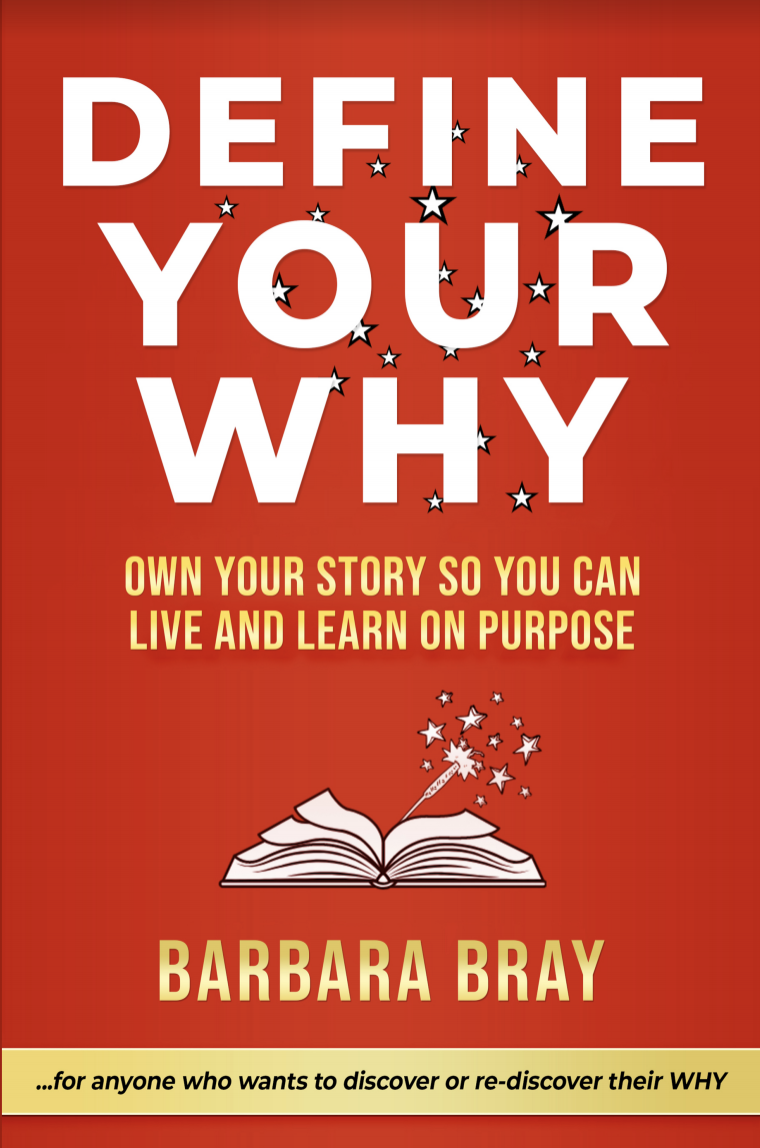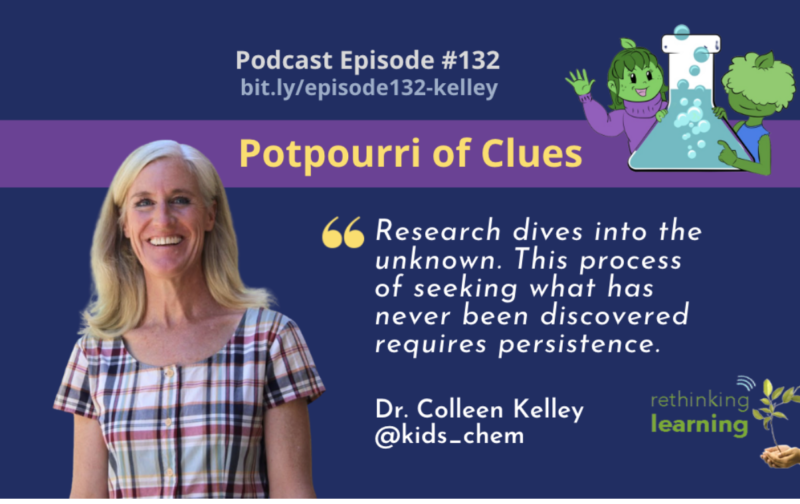
Podcast: Play in new window | Download
Subscribe: Spotify | TuneIn | RSS
Dr. Colleen Kelley embraced the use of case studies in her chemistry courses for the past few decades. She has used these in graduate-level courses in medicinal chemistry and most recently in her 100-level course at the University of Arizona that led to a series of chemistry mysteries in a comic book format for students ages 8 to 12.
Your Why
Over the course of my 25-year career teaching chemistry, I noticed that many students appeared to be overwhelmed once they took chemistry at the college level. Through conversations with middle and high school science teachers, I embarked on a mission to identify the shortcomings in chemistry curricula that leave many learners struggling with the subject in college.
I saw that there is a massive leap between what is expected of students taking chemistry in middle school and what is expected in high school. This prompted me to think of ways I could help bridge that gap. However, once I began to interview middle school chemistry teachers, I saw another issue – many of them seem to not enjoy chemistry in the slightest, so I looked for ways that would inspire them to teach a curriculum that’s more robust and accessible to the students at the same time.
Some knowledge of chemistry is important for incoming college students. Majors related to biology, environmental sciences, atmospheric sciences, and pre-medicine, for example, require two to three years of chemistry instruction as a prerequisite. I believe early exposure to molecular models and other ideas unique to chemistry is the best way to prepare students.
My theory is to get them in as early, eager learners and get them accustomed to symbols, and later introduce some math and conceptual ideas, so by the time they get to high school and college, they can take off.
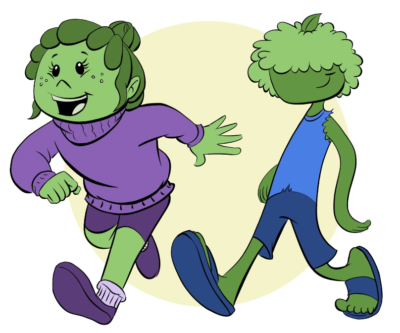
Background, where you grew up – your family
I am a first-generation college student from central Pennsylvania. My grandma worked at a bookstore and from a very young age, I loved to read. She lived close by and was always bringing me books. There were two series that I read when I was in elementary and middle school that have influenced my comic books. The first is the Encyclopedia Brown mysteries which I devoured in 3rd and 4th grades. The other one is the mystery series by Agatha Christie – I read all of them! Solving mysteries was fun for me!
Science per se wasn’t part of my world as a child. My parents owned an insurance agency and my older brother was an artist. I liked to invent stories as a child and create games around these stories. We had ‘woods’ (a forested area) near our home. My friends and I would play in the woods and pretend that a huge downed log was a pirate ship and the adventures would change with each time we played.
What it was like for you as a student & learning Chemistry
I was first introduced to chemistry in 7th grade and it was something that aligned with my already wild imagination. Chemistry, well molecules, and atoms are invisible, so you have to imagine the processes. I loved doing that! When I got to high school, I had an energetic, fun chemistry teacher who then showed me how to add numbers (math) to this imaginative world and it became even more fun. Plus, it was like solving mysteries – you had to figure out how to make stuff, how much stuff you could make, etc. Problem-solving at its finest for me.
“Don’t give up. Just keep trying.”
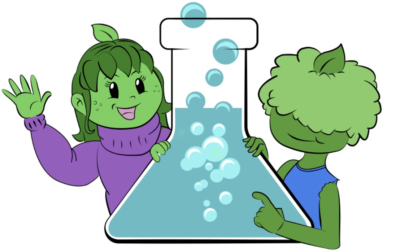
Journey to become a Chemistry Professor
I went to The University of Richmond and chose chemistry as a major not knowing much about it. I had a great freshman chemistry professor who continued my interest. A huge turning point for me was when my friend Kelly (also a chemistry major) mentioned to me during our freshman year that she was going to stay the summer and do research for a professor. I had never heard of that! So I camped out in front of a professor’s office door (this was before email) and waited for her to arrive. Dr. Emma Goldman was a 29-year-old new professor out of MIT and I thought she was really cool because she drove a 1960s convertible Mustang. That’s about all I knew about her. Anyway, she arrived at her office and I introduced myself and proclaimed that I wanted to do research with her. She said yes, luckily, and for the next 3 years, she showed me and taught me so much chemistry. Dr. Goldman mentioned that I get a Ph.D. in chemistry and suggested some programs for me to apply to. I chose Penn State and the fun only got better. I was immersed in a world where we were exploring new chemistry every day, all day and I was in heaven. I knew I wanted to do this for the rest of my life.
How did you end up teaching HS Chemistry?
My son was in 5th grade and we were looking for middle schools that would be a good fit for him. The best fit was The Gregory School which is a small, private school in Tucson, AZ. Like most private schools, it was expensive and beyond our budget at the time. However, the administrator at the school mentioned that they had a position open for a chemistry teacher and that came with free tuition as a benefit. I hopped on that! It was a joy to teach these kids chemistry!
Is that when you wanted to revamp Chemistry Education?
I first became aware of the need to revamp chemistry education when my son, who was in middle school at the time, came home with an assignment to color the elements in the periodic table with different colors. When I asked him why he was supposed to do that, he said he didn’t know. That’s when I realized that something was amiss. Typically, middle school teachers aren’t trained in chemistry – just basic science – so I thought these teachers needed help.
Based on my insights as a chemistry teacher and my conversations with K-12 educators and students, I favor a more conceptual, or symbolic, approach to the material, which is a more accessible way of learning chemistry compared to traditional teaching.
When I look at molecules, I see them dance. I have come to understand that chemistry can be taught very similarly to the way we teach music with its symbols, notation, and imagery. But it took me 25 years of teaching to figure this out.
I have observed that many students in high school and advanced placement chemistry courses tend to “math” their way out of certain problems, relying on rote memorization and calculations rather than using conceptual understanding – a skill they need to master once they reach college. My comic book approach is designed to set students on the conceptual thinking track from the beginning of their chemistry education.
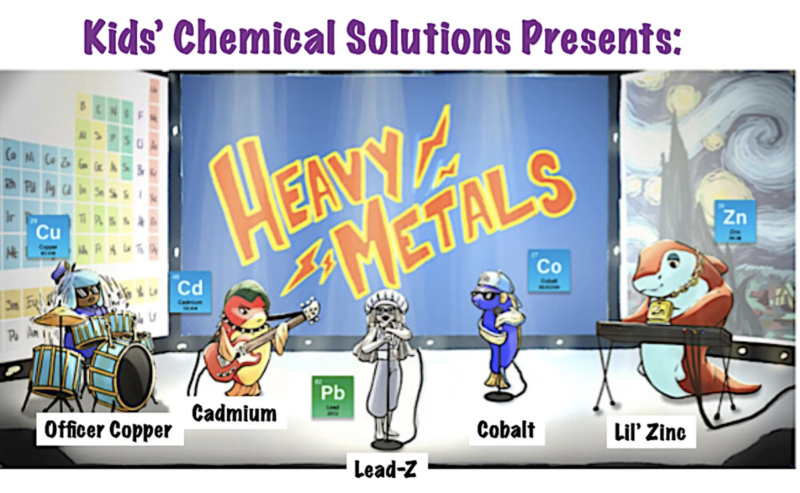
Why comic books about Chemistry and how Mack is your illustrator?
Mack was a friend of my son, Ian, and she was also one of my students at The Gregory School. Mack had such talent in art, so when it was time to create the characters, Mack was the first person I thought of. Ian is Ray for Radium. Mack is Poppi for Polonium.
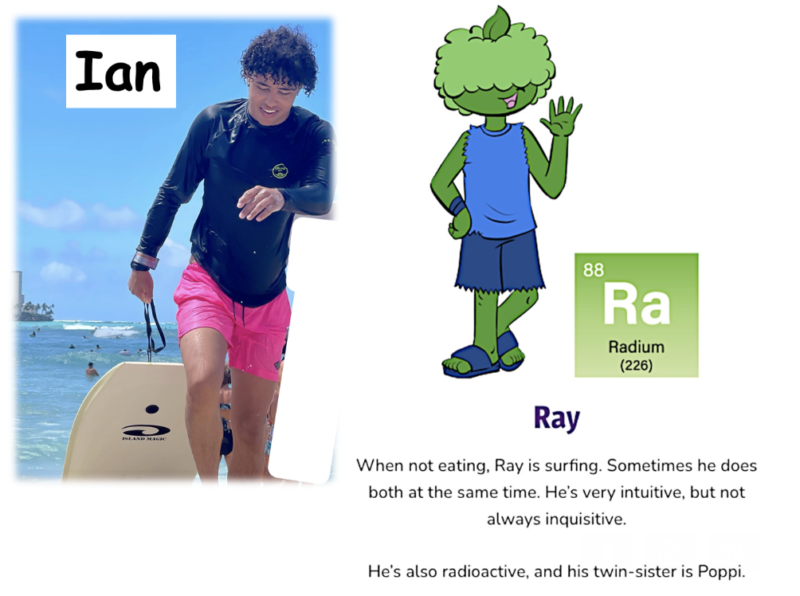
Now, Mack is a senior at the Savannah College of Art and Design and crushing it. She is still my concept artist for the comics.
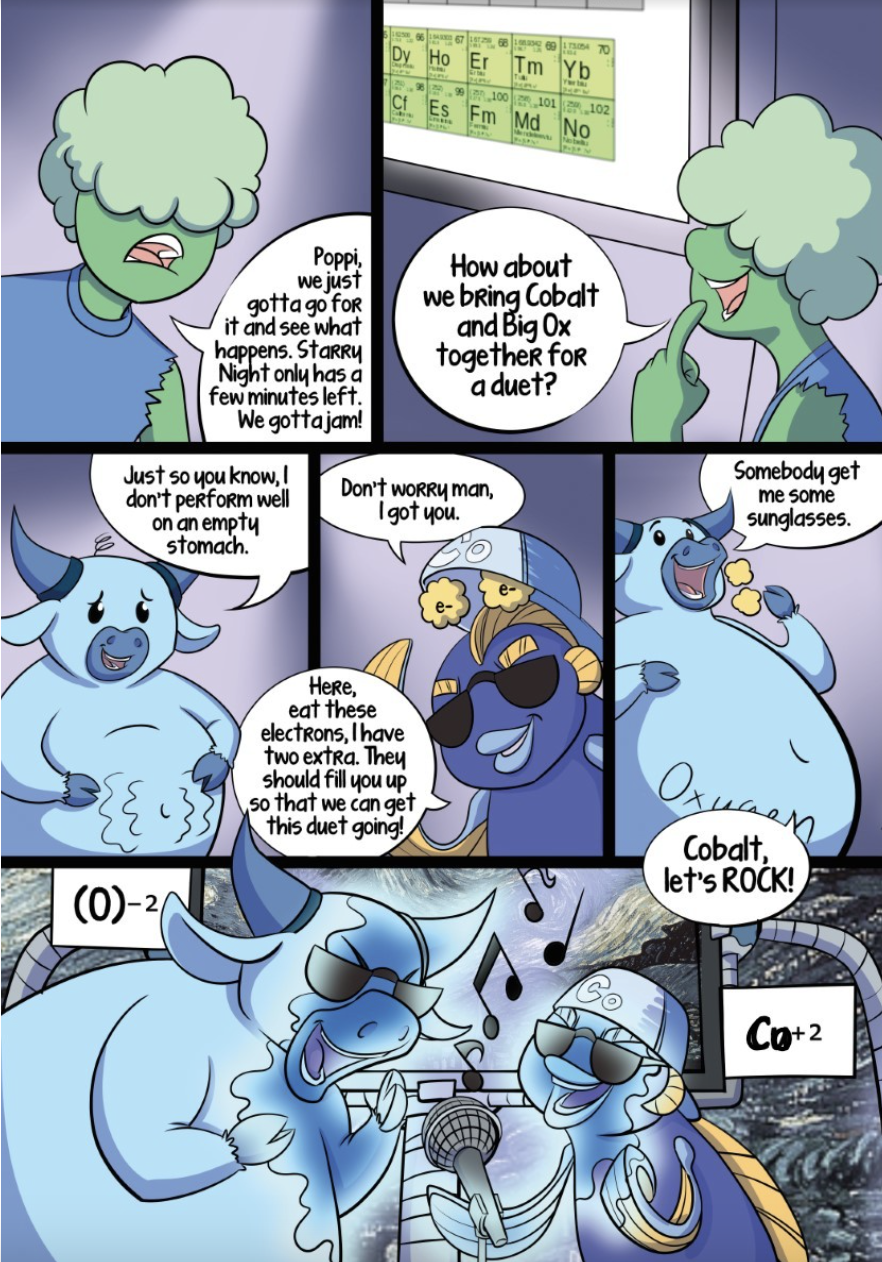
Can you share the Animated Trailer?
We created the animated trailer for an episode to help people understand my vision. This is an animated series much like Scooby-Doo in that there is a mystery to be solved. The chemistry is woven seamlessly into the episodes so that there is a natural flow between chemistry and the mystery. Plus there are tons of corny jokes and hilarious moments.
Trailer: https://youtu.be/XCpJkLYJxV4
What’s next for you?
Initially, we need funding to continue with this project. Each comic book costs about $15,000 to produce and we need funding to continue through the planned 10 comic books. I have self-funded the first four comic books. We then need a publisher to help with the distribution of the comic books. The big vision is to have this as an animated series as well. I set up a Patreon Link for anyone interested to support my project.
Colleen’s Bio
 When it comes to chemistry geeks, I’m at the top of the list. Even my name is alliteration with chemistry – Colleen Kelley, Chemist. I dashed through graduate school receiving my Ph.D. from Penn State University at the age of 24 and then headed to Strasbourg, France to conduct my postdoctoral research with a Nobel Prize winner.
When it comes to chemistry geeks, I’m at the top of the list. Even my name is alliteration with chemistry – Colleen Kelley, Chemist. I dashed through graduate school receiving my Ph.D. from Penn State University at the age of 24 and then headed to Strasbourg, France to conduct my postdoctoral research with a Nobel Prize winner.
Fast forward 30 years later, and I am still in love with chemistry. I’ve been a tenured faculty at Northern Arizona University, faculty at Pima Community College, and am currently at the University of Arizona. My research is in the area of Chemical Education and is fueled by the burning question, “Why do my students think chemistry is hard?” I’ve spent my career exploring this question. My approach to making chemistry accessible to students ages 9 – 59 is to tell stories. I have published articles and books for higher education about the impact of stories and student learning of chemistry. In higher education, these stories are called Case Studies, and I am a leader in the field of teaching and learning with Case Studies and Storytelling. Recent Press Release
How can people contact you?
Email: chemistrycolleen@gmail.com
LinkedIn: linkedin.com/in/colleen-kelley
Website: kidschemicalsolutions.com
Twitter: Kids’ Chemical Solutions (@kids_chem) / Twitter
****
Make sure you check out more of the Rethinking Learning podcasts and each post that the guests created. Click on this link or the logo below to list by episode, alphabetical, or reflections.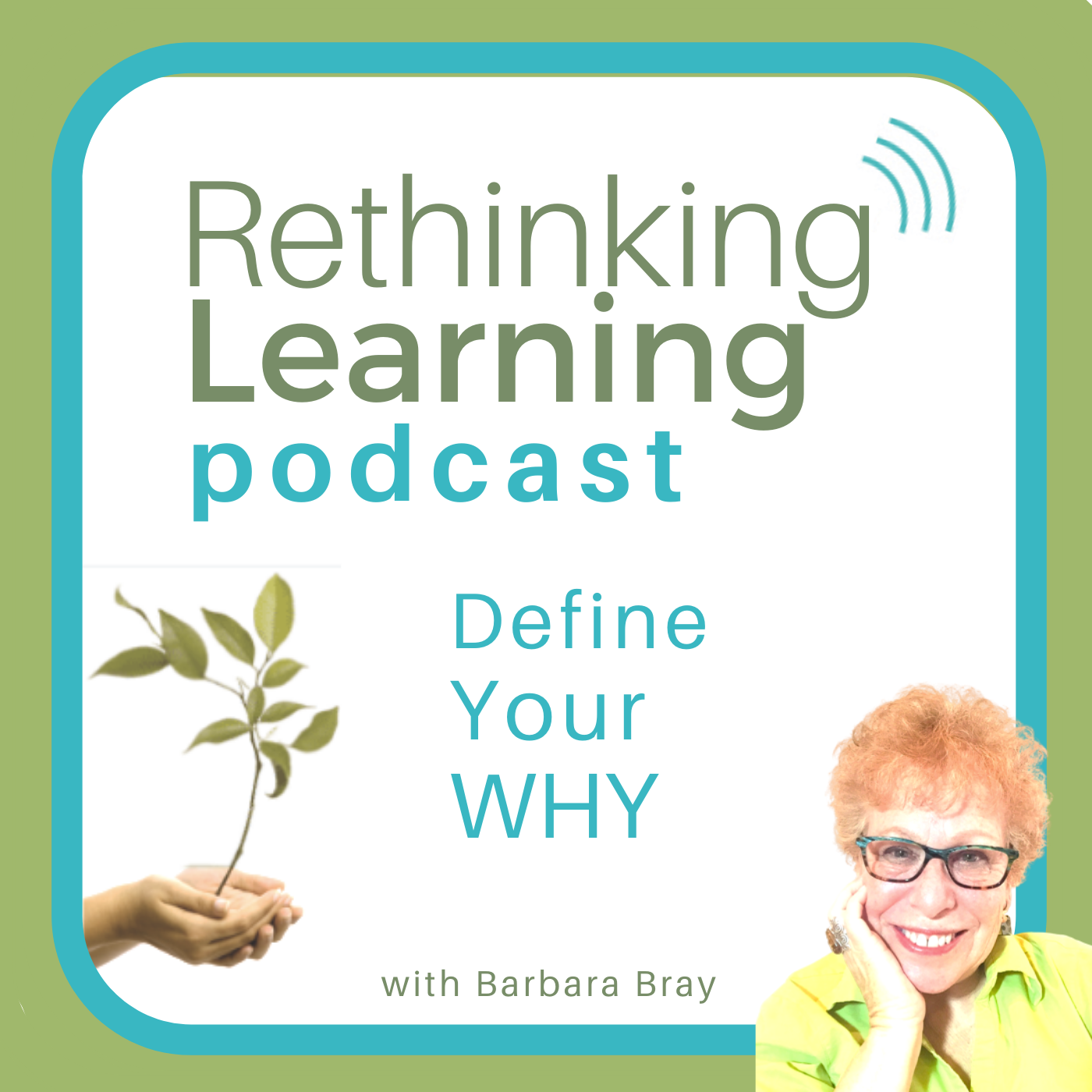 |
I am a co-host of a new podcast “Real Talk with Barbara and Nicole.” Check out the episodes about Authenticity in a Polarized Society around different topics. Click on RealTalkBN or the logo below. |
| I’m getting wonderful feedback on how much the information and stories in “Define Your Why” has helped them. For more information about this book, go to this page or click on the book for resources, questions, and links. | My new book, “Grow Your Why…One Story at a Time” includes 23 stories from inspirational educators, innovators, and entrepreneurs. Go to this page or click on the book to go to Why Press Publishing for launching, details, and resources.
|


